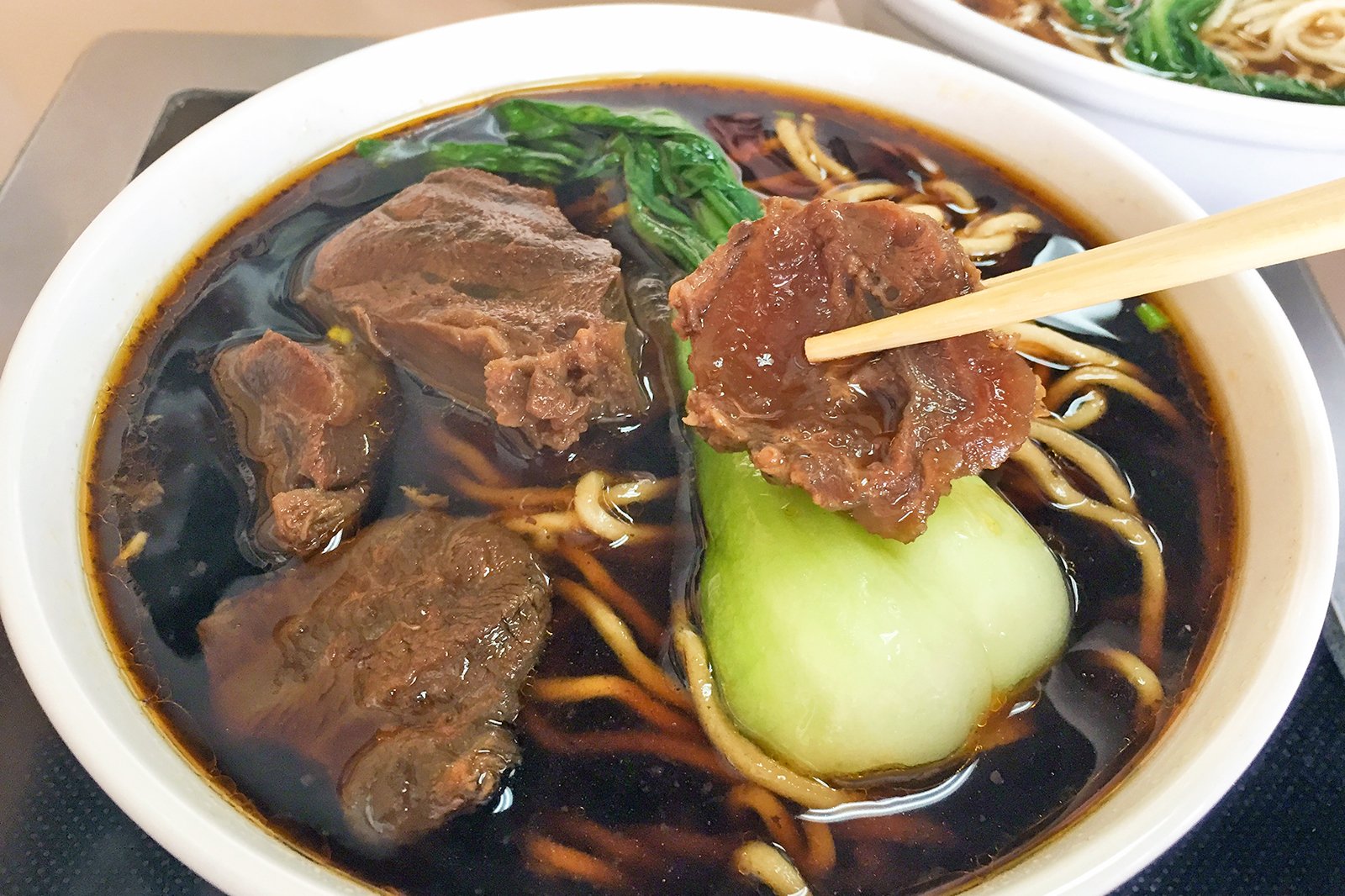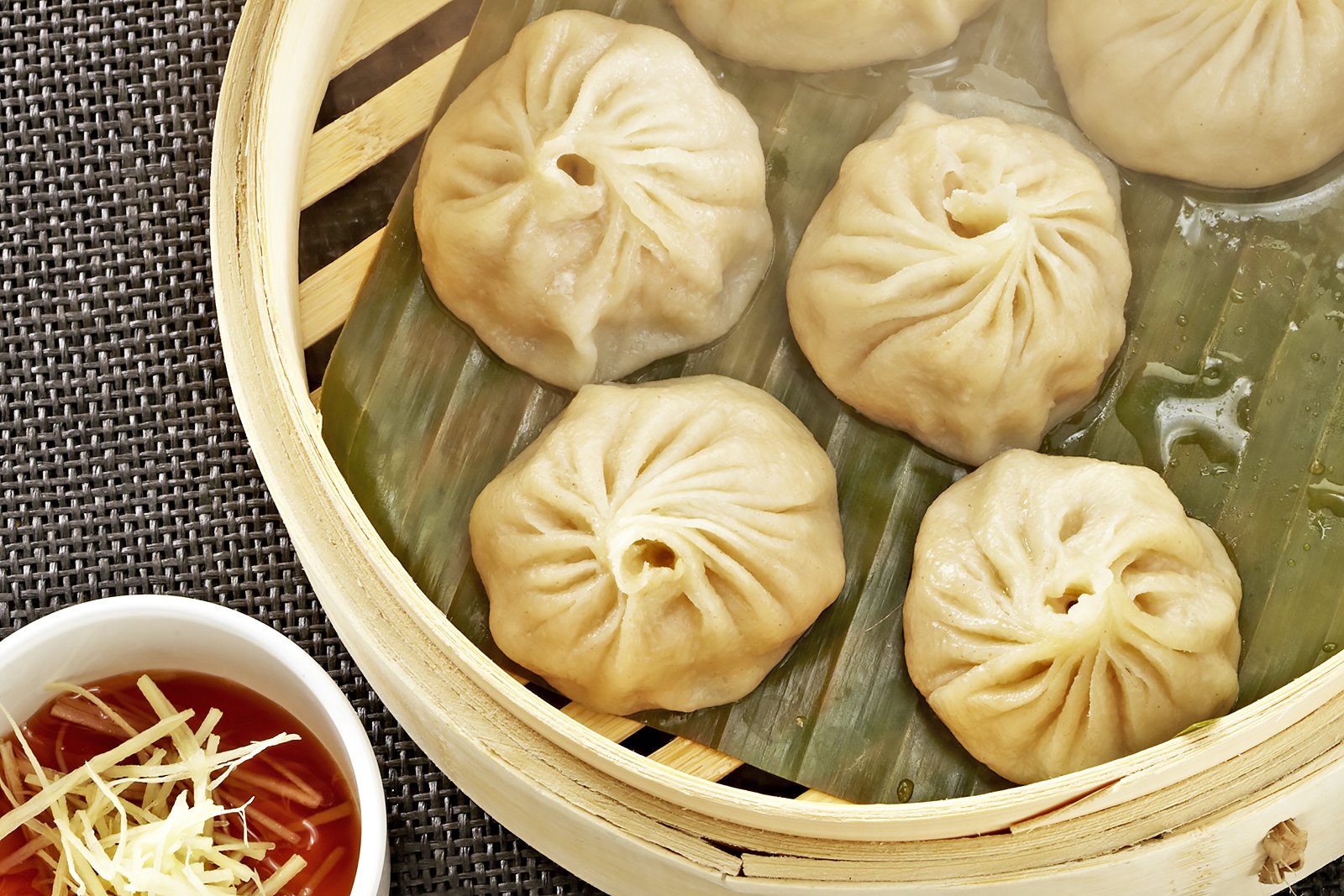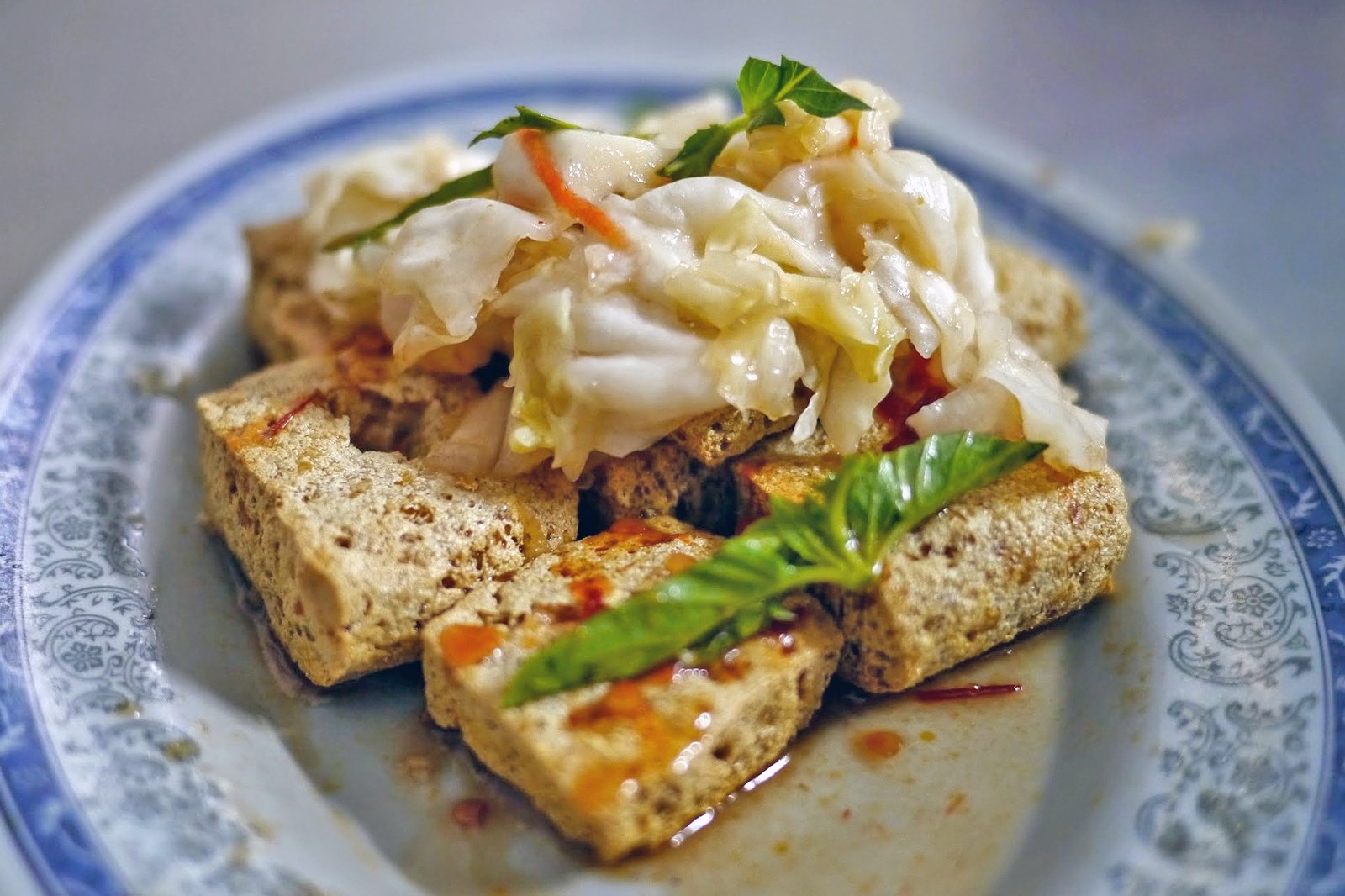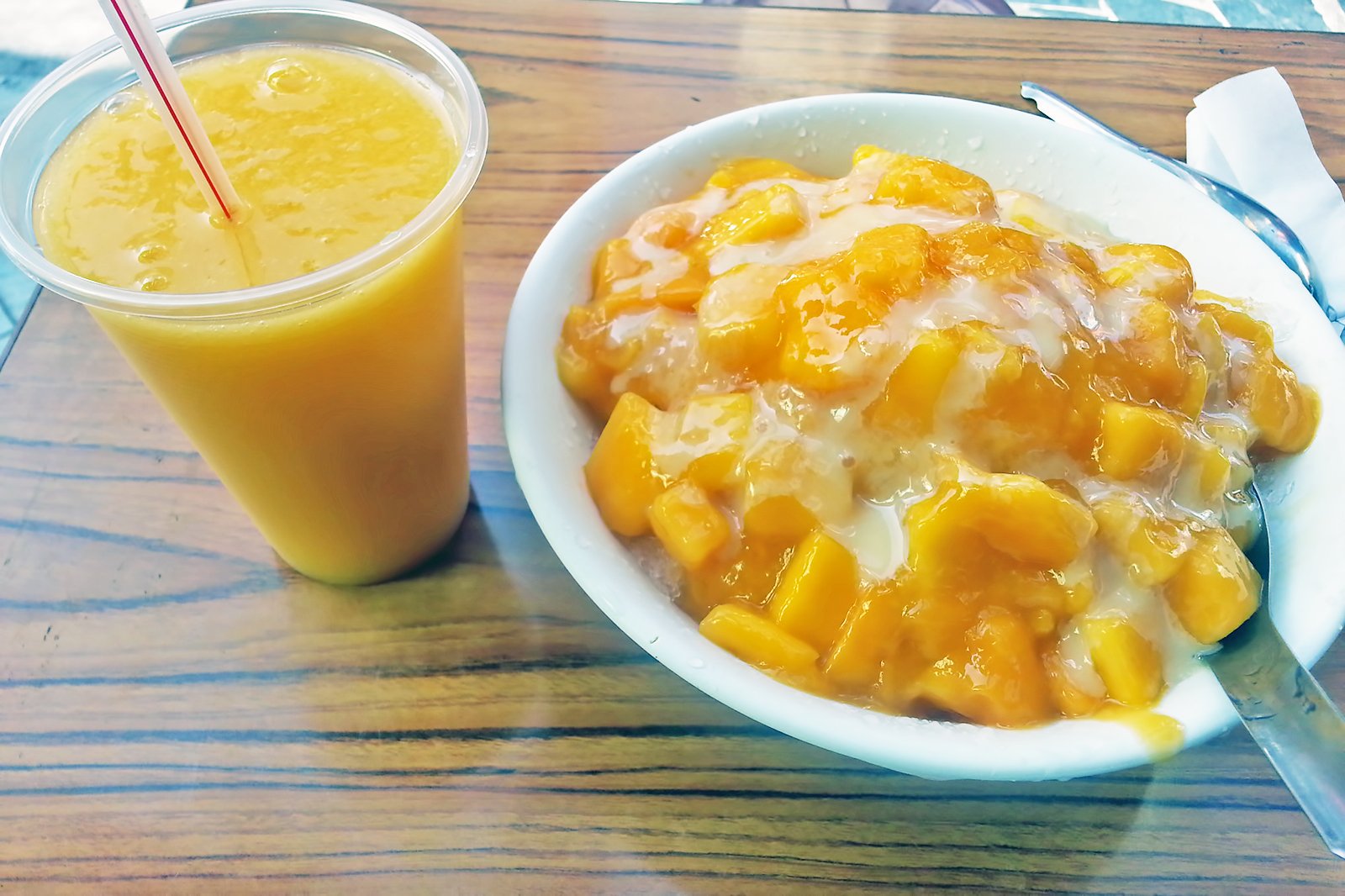A good baby toy can be much, much more than just a distraction. Recent information published by the Morgridge Institute for Research shows that the right toy can actually help your baby to develop in a multitude of different ways – helping them to refine their motor skills, develop their coordination, and speed up their visual processing.
Studies have also shown that toys offer great bonding opportunities too. In fact, a study published by the American Academy of Pediatrics has shown that playing with your children is the number one way to build strong and lasting bonds.
And, there’s no better way to do that than getting a fun toy you can enjoy together – whether it’s a traditional play-gym or a multi-textured giraffe with lots of tactile features that you can use to encourage your little one to try gripping things early.
According to the Child Development Institute, developmental benefits imparted by a good toy are most pronounced in children between 0 and 6 months old, so if your baby is in that bracket, now’s definitely the time to get shopping.
Guess you like
- Best toys for kids of 1-year-old
- Best toys for kids of 2-year-old
- Best toys for kids of 3-year-old
- Best Baby Pacifiers
Do take care when picking a toy though. While you may well be tempted to run out and grab the first thing on the shelf, it is important to pick something that will genuinely satisfy your child’s curiosity.
Something that’s colorful, that’s interesting enough to hold their attention, and that boasts features designed to aid in development.
Our 5 Best Baby Toys for Babies Aged 0-6 Months
This list includes firm favorites that we’d recommend to every parent and a couple of really interesting toys that – depending on the child – may well become their go-to toy every playtime.
1. Manhattan Toy Winkel Rattle and Teether
The Manhattan Toy company are well known for making some of the best baby toys on today’s market, and we’re pleased to say that their Winkel rattle and sensory teether is no exception.
Features
- Bright and engaging design
- Special teething loops
- Built-in rattle
- BPA-free plastic construction
- This dazzling collection of soft-plastic tubes could almost be a piece of abstract art in its own right, and we think that the bright colors, the sheer bombastic of the shape and endless, looping design are all-but-guaranteed to fascinate young children.
This is a very tactile toy too – hold it in your hand and the first thing you’ll notice is that it feels interesting. There’s a lot to grab, lots of different things to hold. It rattles when you shake it and it’s fun just to turn it round and round.

Sure, there’s only really one texture, and it’s true that the mirrors and baubles you’ll find on other toys are absent here, but those small disadvantages are offset by the overall quality of the piece, and the sheer joy we’ve seen in bring to our little tester’s face.
It does make a fantastic teether too – the loops are BPA-free, which means they’re 100% safe for your baby to chow down on, and they’re also just the right pliability. They flex, and they have given, but they’re not so soft that your baby won’t get any relief from biting down on them.
2. Sassy Developmental Bumpy Ball
As the name suggests, the Bumpy Ball is built to encourage learning and exploration.
Features
- A multitude of colored & textured ‘bumps’
- Built-in rattle
- Non-toxic construction
- Lightweight design
- It’s studded with a mind-boggling array of different bumps, each with its own unique texture and color combination. It also rattles too, just in case the kaleidoscope of different tactile elements wasn’t enough on its own.
What we love about this toy is that it is genuinely engaging – hand it to your little one and watch their eyes glaze over in wonder; hands meandering across the different surfaces as they squeeze and prod and poke. It’s also surprisingly lightweight, which means that they won’t struggle to rotate it on their own, and it’s great for building grip.

Fortunately, it is also made from completely non-toxic materials, so when it does (inevitably) wind up in your little one’s mouth, you don’t have to worry too much.
There are a couple of downsides though. Firstly, this is a soft toy, and while the stitching is fairly strong, a very determined child would probably be able to tear their way into the inner stuffing.
3. Fisher-Price Kick ‘n Play Piano Gym
They’ve gone in and out of fashion over the years, but it felt criminal not to include at least one play gym on our list, and the Fisher-Price Kick ‘n Play Piano Gym is definitely the best suited to babies in the 0-6 month age range.
Features
- Fully-equipped play gym
- Functional piano
- Interesting mobile with tactile elements
- Built from non-toxic materials
- This bright and colorful play gym boasts a pretty impressive feature set. Once we’d got it all set-up, we could see the eponymous piano (which boasts some nice, chunky keys) a brilliant little playmat that’s crawling with cute jungle friends, and a mobile that’s packed with tactile elements
Of all these elements, the mobiles probably the most interesting; particularly for babies between 0 and 6 months. There are colorful plastic animals with spinning disks and moveable parts, and there’s also a tiny mirror that’s bound to prove fascinating.
In short, there’s enough there to keep them occupied for an hour or so at a time, and there are plenty of opportunities for combined play if you want to get stuck in, and do a little bonding.
The whole play gym will grow with them too – as they get older, they’ll learn to play with the piano during tummy time, and the mat is a great space for playing with other toys too.
The whole unit’s nice and lightweight as well. A lot of play gyms are a nightmare to take up or put down, but this one is straightforward and easy to travel with.
You may also be interested: Best Pack and Plays
The only downside is probably the price (relative to the other toys on this list) and the fact that it’s not the kind of thing that you can just bring to the table for an impromptu play session.
4. Baby Einstein Octopus Plush Toy
This Octopus looks adorable, and it’s absolutely packed with developmental triggers.
Features
- Plush, velour octopus
- Squeeze buttons on each leg
- Auditory playback feature
- Made from non-toxic materials
Each of the colored symbols on its feet can be squeezed to play an adorable little melody, and a voice-over speaking the name of the corresponding color. This provides opportunities for your little one to start learning through repetition, and to start building an awareness of associations.
The whole toy is something of a tactile playground in its own right too – the underside is soft, and silky, while the top-side has a velour texture that’ll help to teach your baby about variety, and develop their sensitivity to different materials.

Speaking of textures, we do also think it’s worth pointing out that this particular toy is incredibly well-built. All of the seams are strong, everything feels high-quality, and we’ve no doubt that it’s robust enough to survive hectic play sessions.
The manufacturer has included a volume control too. This might sound like a relatively strange thing to highlight here, but trust us, after you’ve heard the adorable little thing squeal ‘red’ for the 4,000th time, you’ll be grateful that you can drop the decibel count for a few hours!
The only downsides? It’s another soft toy with electrical parts, which means that you will find it a little trickier to clean.
5. FOREST Handbells and Rattles Soft Plush Toy
This is a giraffe with a difference. As soon as we got our hands on this adorable little toy, we were blown away by just how many interactive elements the manufacturer had managed to cram on.
Features
- A plethora of moving parts
- Musical elements (rattle and bells)
- Made from non-toxic materials
- Colorful giraffe design
It jingles, it rattles, there are plastic elements for teething and plenty of moving parts to slide around.
Better still, this Soft Plush Toy has nice narrow legs with a special, textured fabric that makes them really easy to grip. It’s also really lightweight -despite its relatively large size – which means your little one will be encouraged to manipulate it as he plays.
Of all the toys we reviewed for this list, it’s probably the best option for grip development and hand control. Because it boasts such a wide variety of textural elements, it’s also another great option for teaching your little one about variety, and the musical elements do help to train the ear.
In short? It’s a great companion for your little one, and it offers them plenty of learning opportunities.

The cons are straightforward, and they’re more ‘niggles’ than cons too: It’s another soft toy, which means that it will be slightly harder to clean. We’re also not sure it can be machine washed as it came with no instructions, so we’ve been spot-cleaning with warm soapy water.
The manufacturer is relatively new too, and while this might not be a problem for most of us, people looking for something from a named-brand may want to look elsewhere.
Best Baby Toys Buying Guide
Don’t like our list of 5 best toys for babies aged 0-6 months? No worries. To help you pick out a toy that is perfect for you, we’ve put together this buying guide. Whenever you’re picking a brand-new baby toy, just try to make sure that it meets all of the following criteria:
Interesting features
The best toys are interesting – they have lots of different things to grab, lots of textures, lots of colors, and at least one or two moving parts.
Other toys are fine, but they won’t encourage development in quite the same way, and there’s every chance that your little one will get bored of them quite quickly – robbing you of the experience to enjoy playtime and curbing your little one’s progress.
 Safe
Safe
Safety is paramount when it comes to buying toys for babies aged 0-6 months old. You’ll want to avoid all the obvious things, like sharp edges, or moving parts that could trap fingers. You’ll also want to keep an eye out for mouth-safe materials too.
Like it or not, your new toy is going in your baby’s mouth at some point, no matter how zealously you’re guarding playtime.
So, make sure that the plastics are BPA-free, and that any cloth parts are made from non-toxic material. That way you know it’s not too important if they chow down while your back is turned.
Colorful
When we first started reviewing baby toys, we were a little bit skeptical about the fuss people were making about color. Every toy manufacturer seems to rave about how colorful their toys are, and it’s all too easy to question whether your baby would really care all that much.
After some trial and error, we can honestly say that color does make a huge difference though – colorful toys genuinely seem to keep children engaged longer.
Well-built
For obvious reasons, you don’t want to buy a toy that’s going to fall apart in your child’s hands. Nor do you want a toy that’ll come apart in the wash or disintegrate if it’s dropped in the bath.
Baby toys aren’t necessarily expensive, per se, but you still don’t want to have to replace them every few months, which is why we’d always recommend looking for options that are known to have good build quality.
What about Playing Outside?
A lot of moms ask us if it’s ok for small infants to play outside, so we went away and did a fair bit of research before putting together this guide. After some digging, we found that almost every pediatrician recommended at least some outdoor play, not least because playing outside is known to:
- Boost immunity
- Amplify the developmental benefits of play
- Improve your child’s mood
If anything, this means you’d be encouraged to play with your baby outside. Do be careful though; there are far more hazards in an outdoor play-space, and you will want to keep your little one under close supervision while they’re having fun.

Wrap-up
Picking baby toys can be very challenging. Finding the right balance between fun, engaging and safe can take a fair bit of trial and error, and then there are things like teething elements to consider, and the importance of whether or not it’s machine washable…
You don’t want a plethora of unloved discards littering the nursery though, so take your time, and remember to look for the features that matter to you.
The 5 options that we’ve highlighted above should include toys with enough variety to keep any child happy, but there’s no harm in stepping back, and spending a little extra time browsing if you haven’t found ‘the one’ just yet.


 Sure, there’s only really one texture, and it’s true that the mirrors and baubles you’ll find on other toys are absent here, but those small disadvantages are offset by the overall quality of the piece, and the sheer joy we’ve seen in bring to our little tester’s face.
Sure, there’s only really one texture, and it’s true that the mirrors and baubles you’ll find on other toys are absent here, but those small disadvantages are offset by the overall quality of the piece, and the sheer joy we’ve seen in bring to our little tester’s face.
 Fortunately, it is also made from completely non-toxic materials, so when it does (inevitably) wind up in your little one’s mouth, you don’t have to worry too much.
Fortunately, it is also made from completely non-toxic materials, so when it does (inevitably) wind up in your little one’s mouth, you don’t have to worry too much.


 Speaking of textures, we do also think it’s worth pointing out that this particular toy is incredibly well-built. All of the seams are strong, everything feels high-quality, and we’ve no doubt that it’s robust enough to survive hectic play sessions.
Speaking of textures, we do also think it’s worth pointing out that this particular toy is incredibly well-built. All of the seams are strong, everything feels high-quality, and we’ve no doubt that it’s robust enough to survive hectic play sessions.
 The cons are straightforward, and they’re more ‘niggles’ than cons too: It’s another soft toy, which means that it will be slightly harder to clean. We’re also not sure it can be machine washed as it came with no instructions, so we’ve been spot-cleaning with warm soapy water.
The cons are straightforward, and they’re more ‘niggles’ than cons too: It’s another soft toy, which means that it will be slightly harder to clean. We’re also not sure it can be machine washed as it came with no instructions, so we’ve been spot-cleaning with warm soapy water. Safe
Safe
















